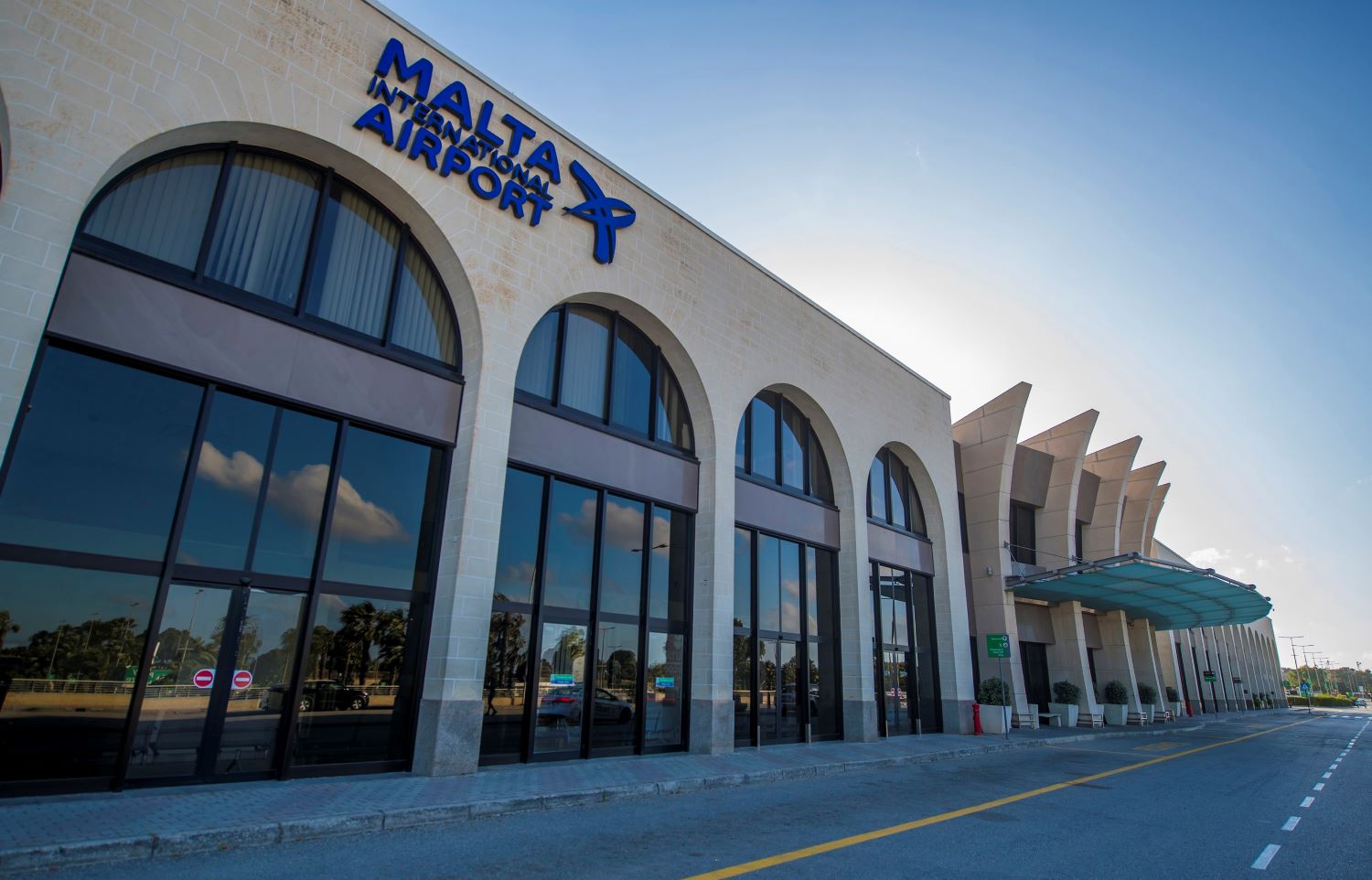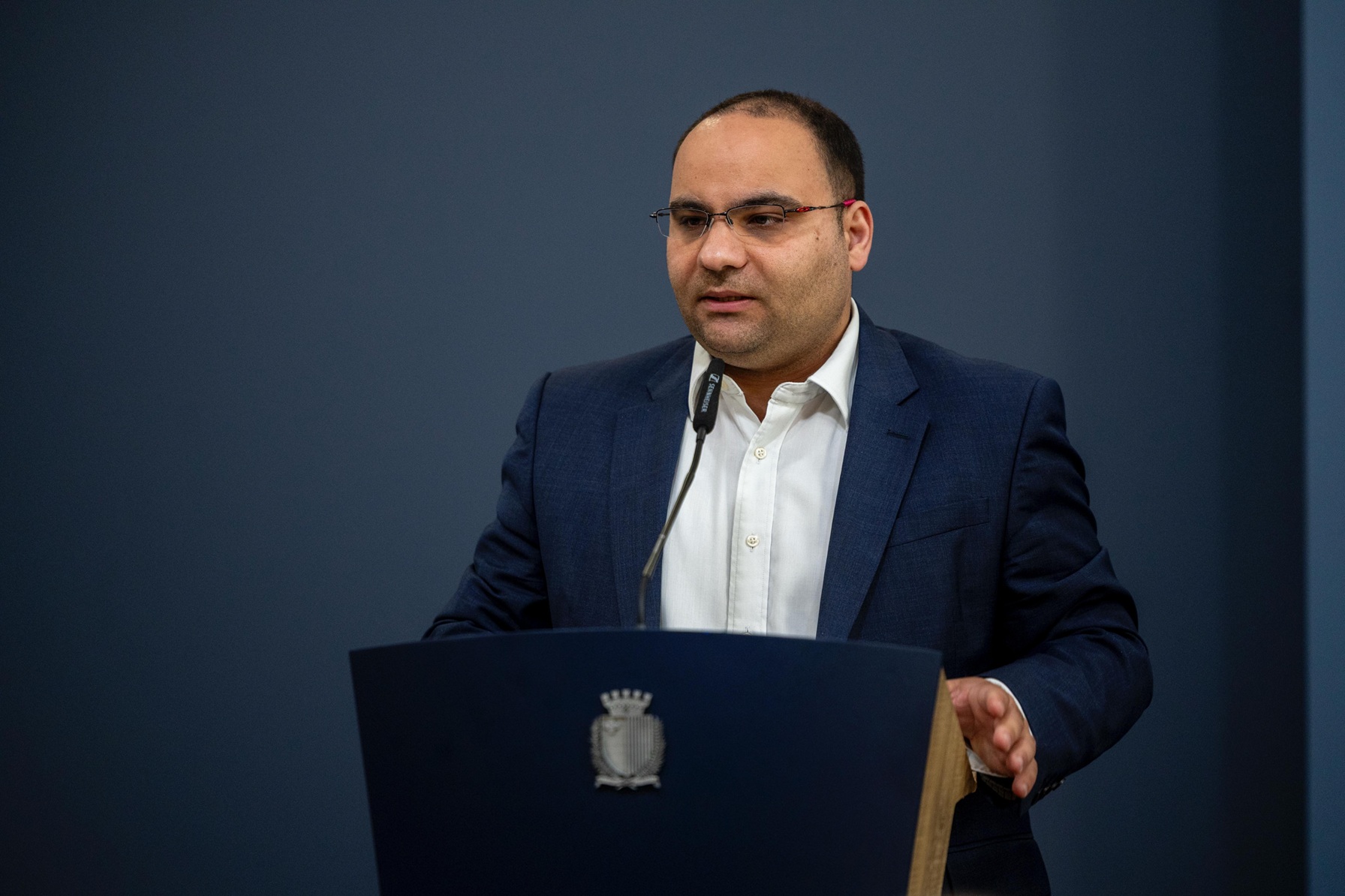One week into the official restart of travel and tourism, Malta International Airport (MIA) appealed to the Government and local health authorities to activate digital validation solutions doe the verification of passengers’ health documents.
Currently, to enter Malta, one requires either a local vaccine certificate (once the EU launches its own system, Malta will be joining) or a negative PCR test taken within 72 hours of the flight.
Images last week circulated online of a packed airport filled with travellers waiting to get their passenger locator form and health documents verified. Malta reopened to international travel on 1st June in a bid to spur recovery and generate activity this summer.
“Whilst thanking the local health authorities for establishing the necessary safeguards for the restart of tourism, Malta International Airport would like to reiterate its appeal for the use of digital solutions for the verification of passengers’ health documents,” MIA said in a statement.
“The use of technology in this regard would allow for quicker access to passenger data should contact tracing be required as well as contribute to a more seamless guest experience on arrival in Malta.”
Indeed, Airports Council International (ACI) last week warned that European airports could face chaos and pressure this summer, with lengthy manual document verification processes being identified as one of the factors that could lead to this.
Malta welcomes 20 nations for Build Europe Congress on housing and development
The event featured round table discussions on affordable housing, planning efficiency, taxation and sustainable development
Malta Boat Show expands in second edition with over 160 boats and 75 exhibitors
For the first time, the Malta Boat Show has attracted international exhibitors
Truckers call on Government to push back on EU zero-emission rules
'The path to decarbonisation must be built on practical readiness, not political symbolism' – ATTO






